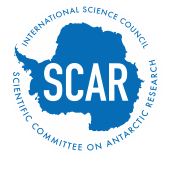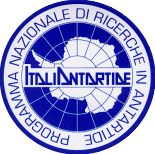|
Name ID: 134189
Place ID: 12384
An extensive bight in the coast of Antarctica almost due south of New Zealand. It lies between Victoria Land on the west and King Edward VII Land on the east, and is bounded southward by the Ross Ice Shelf. The depths of this sea are not very great, and there is a central, comparatively shallow, area culminating in the Pennell Bank in about 74°00'S, 179°00'E, with a least depth of 58 fathoms. Ross Sea is the most easily accessible area of Antarctica. Every vessel that has attempted to enter this area at the correct season has been successful. The sea is named for Sir James Clark Ross, who discovered it in 1841.
|

